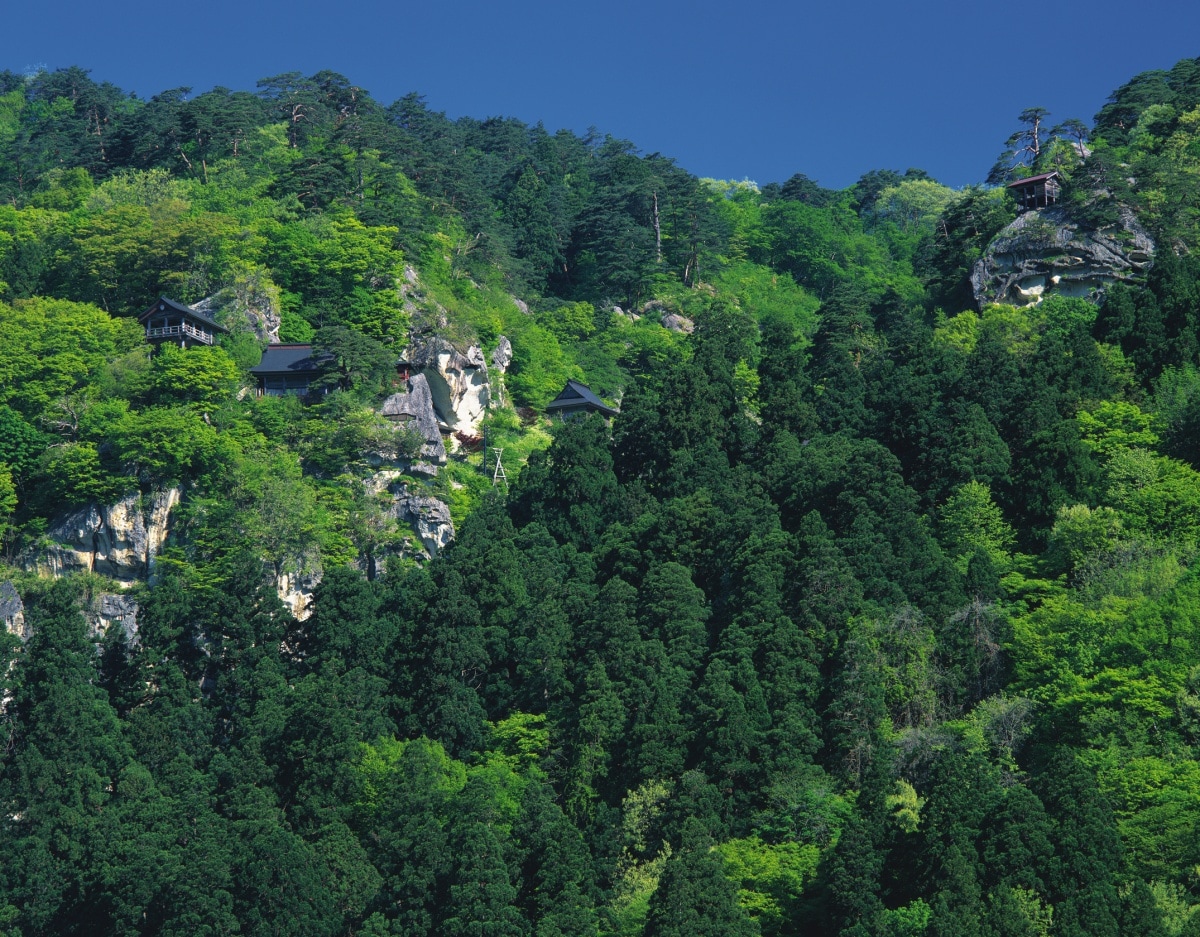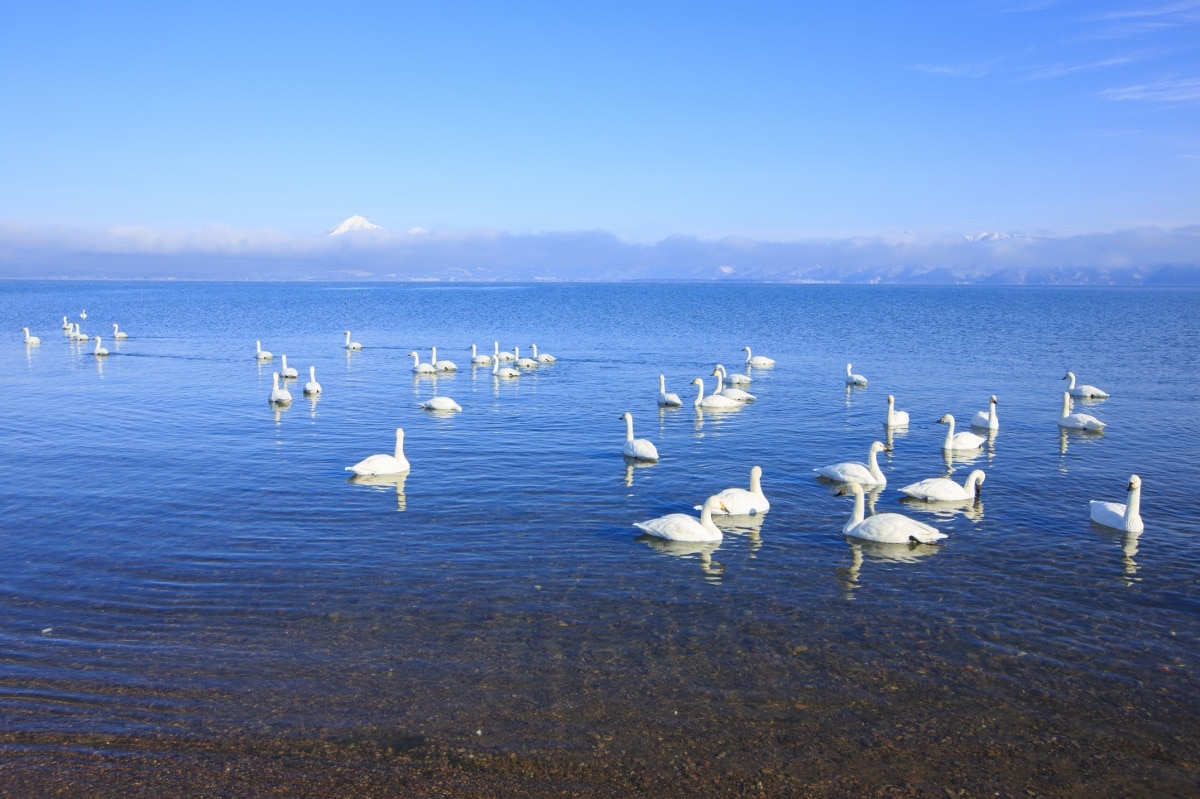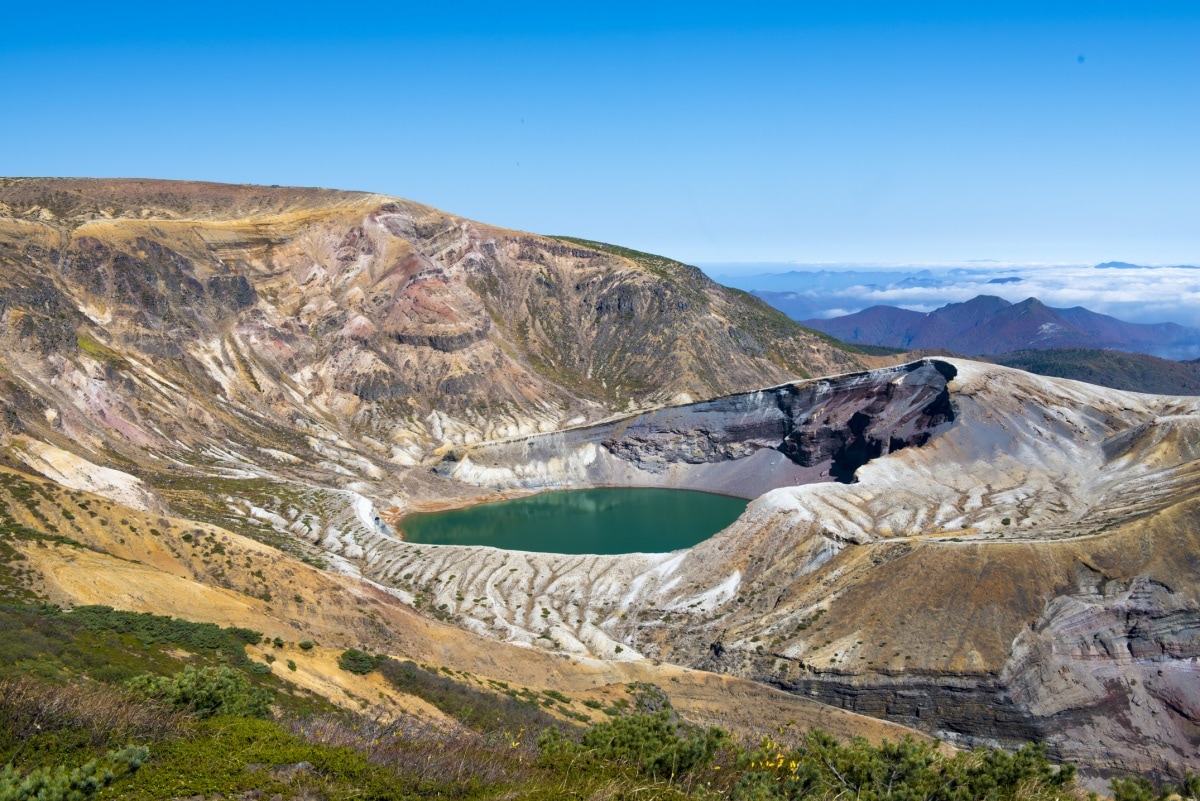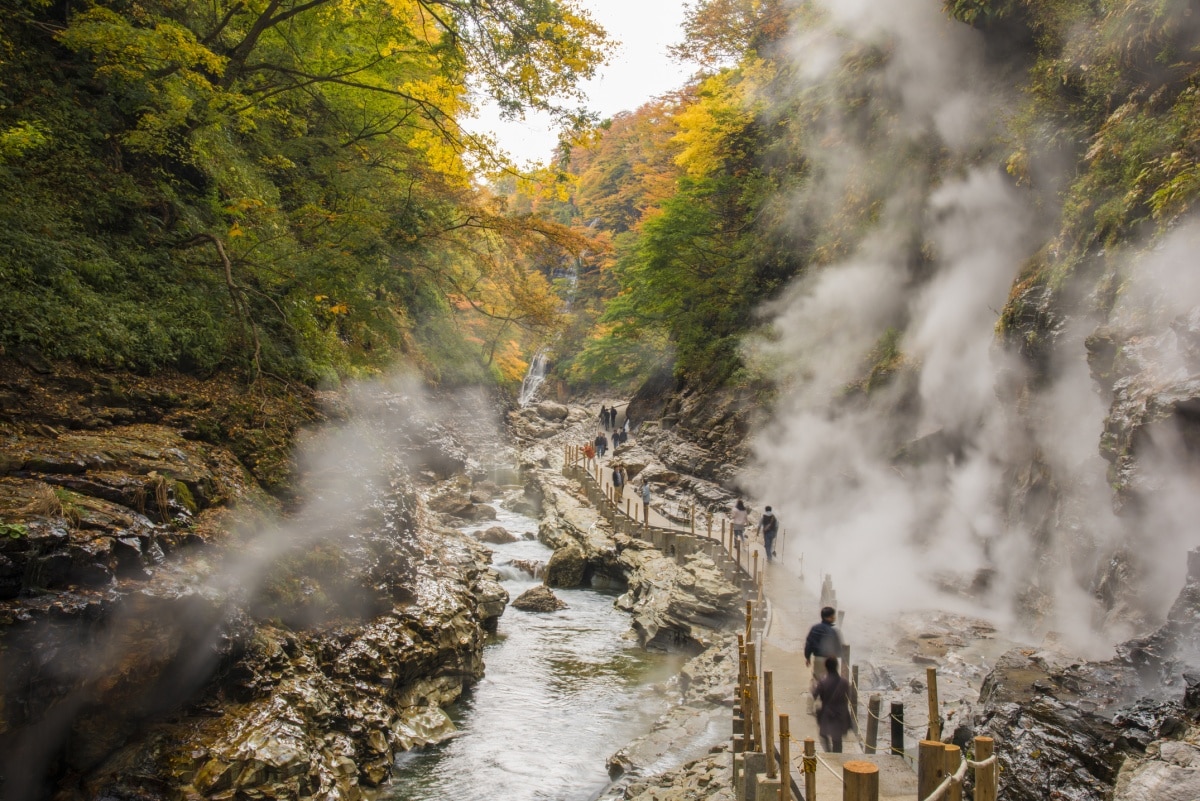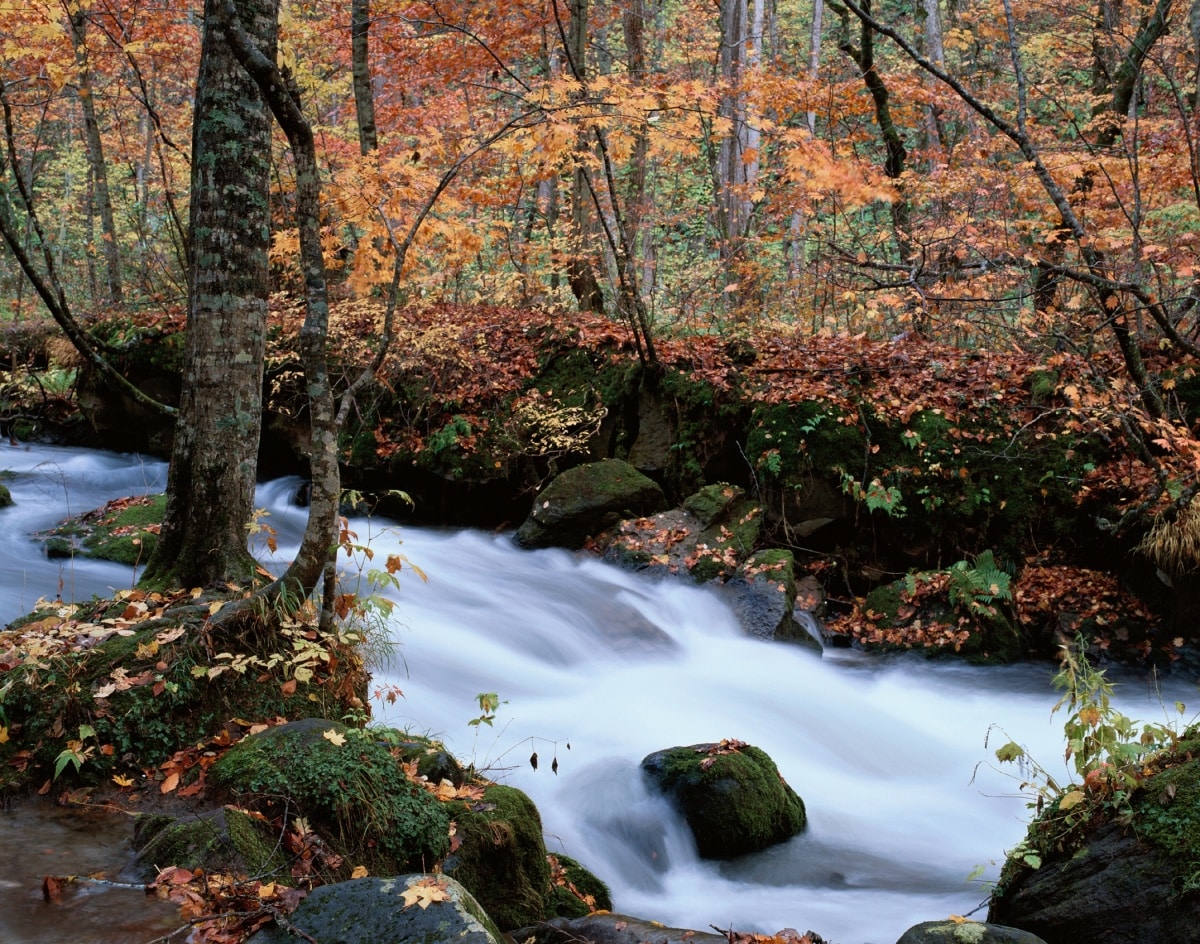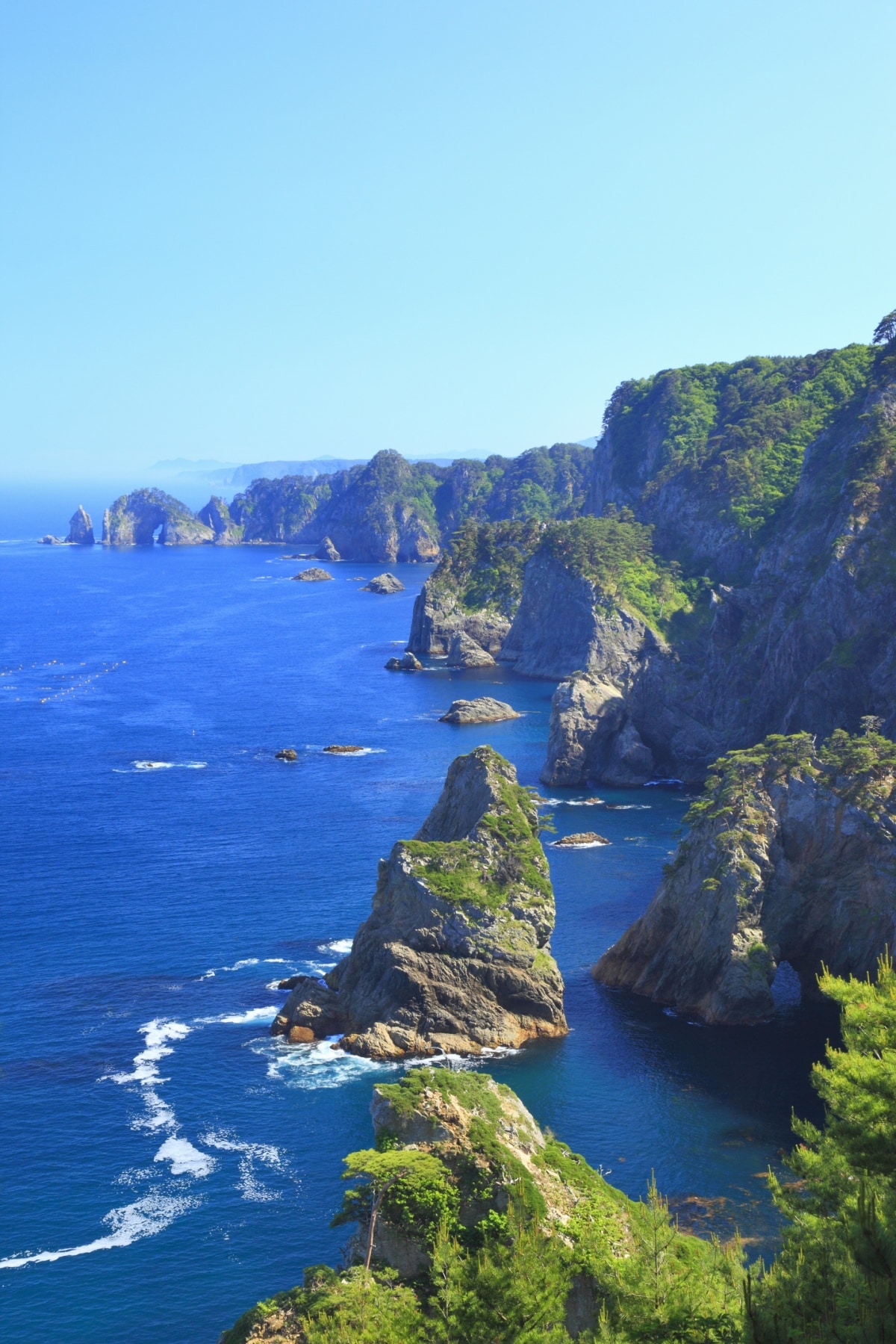6 Sublime Views in Tohoku
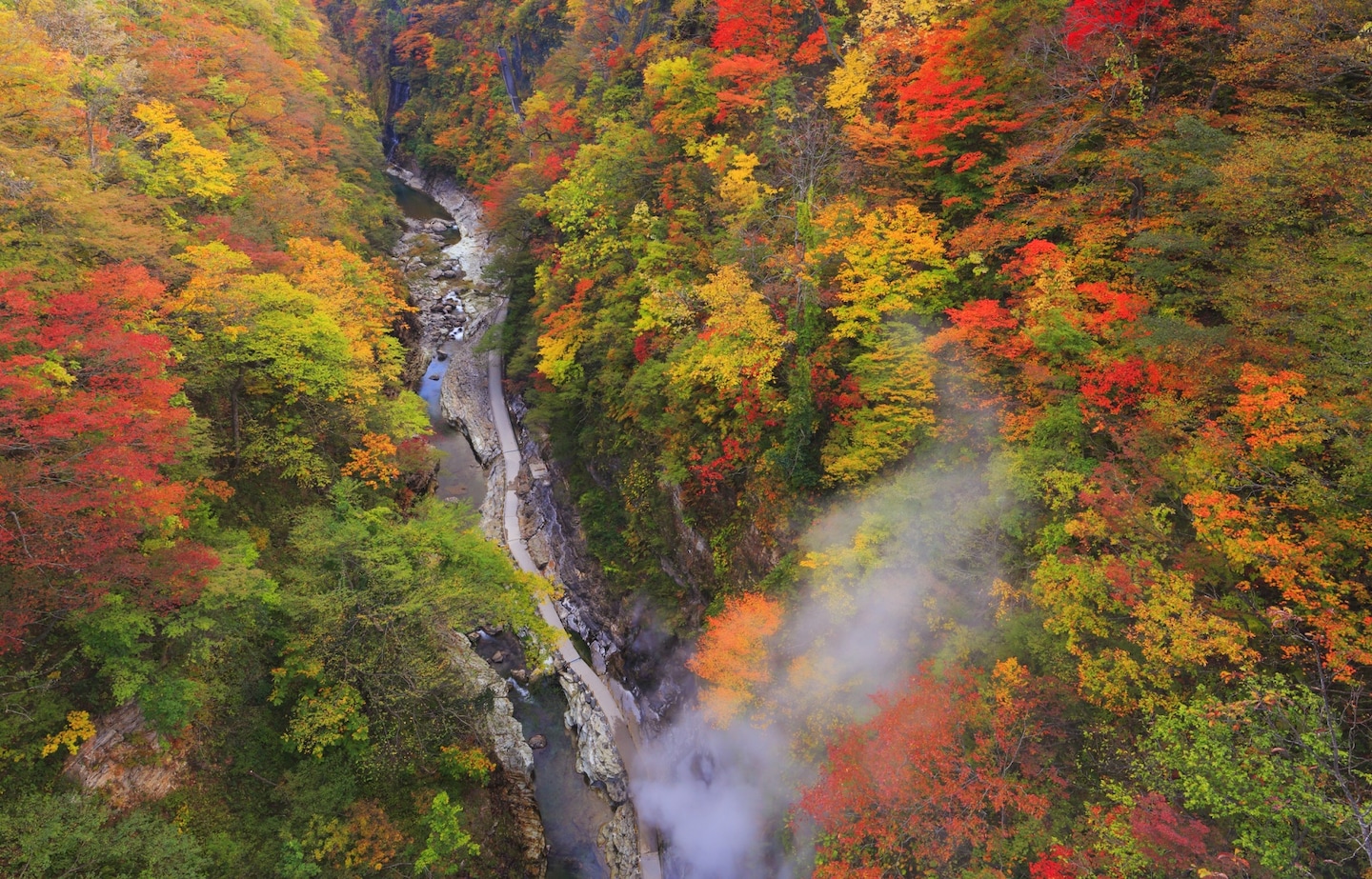
Comprising the six northernmost prefectures of Honshu, the Tohoku region is well known for its rugged scenery and harsh winters. There’s more than snow to be seen, however, as you’ll find in our list of top views for each prefecture!
By Teigan Babcock6. Yamadera (Yamagata)
About a 20-minute train ride north of Yamagata City is Yamadera, more formally known as RIsshaku-ji Temple (立石寺). Founded in 860, visitors must climb up through the thick cedar forests on a series of 1,015 steep steps, temple buildings clinging to the rocky cliffs making you truly feel like you’re ascending a holy mountain. It’s open year-round and is a great place to view koyo (autumn leaves) or take in the surrounding mountains and valleys during the summer.
5. Lake Inawashiro (Fukushima)
Lake Biwa in Kyoto gets a lot of publicity, but Lake Inawashiro (猪苗代湖・Inawashiro-ko) in central Fukushima is a lesser-known gem to be enjoyed in all seasons. Summers are popular for those interested in water sports, and the lake is surrounded by beautiful foliage in autumn, while in winter the lake is home to flocks of migratory swans. When the birds aren’t dotting the surface of the lake, the reflection of nearby Mount Bandai (磐梯山・Bandai-san) is said to be so clear that the lake earned the moniker Tenkyoko, or “Heavenly Mirror Lake.”
4. Okama Crater (Miyagi)
Accessible from late spring to early autumn, Okama Crater (御釜・Okama) is a circular lake tucked in the Zao Mountains. Its nickname, “Goshiki-numa” (Pond of Five Colors), comes from the volcanic minerals making the water appear to change color depending on the season, the amount of sunlight, or the angle at which it’s viewed. The crater was formed by an eruption in 1182, and is believed to have begun to fill with water sometime after 1820. The area around the lake offers fabulous hikes as well as stunning views.
3. Oyasu Ravine (Akita)
Located at the entrance to Kurikoma Quasi-National Park (栗駒国定公園・Kurikoma Kokutei Koen), Oyasu Ravine (小安峡・Oyasu-kyo) is rife with thermal activity and an abundance of ways to enjoy the outdoors. Particularly gorgeous during autumn, the ravine is the result of the Minase River eroding the cliffs—some of which are 60 meters (197 ft) high! Parts of the river are hot enough to cause steam clouds to billow through the rocky cracks, so watch your footing as you wander through the area!
2. Oirase Mountain Stream (Aomori)
One of Japan’s most picturesque autumn foliage sites is Oirase Mountain Stream (奥入瀬渓流・Oirase Keiryu). It serves as the only outlet from Lake Towada (十和田湖・Towada-ko), the largest crater lake in Honshu. The stream's first 14 kilometers (8.7 mi) tumble through a forested landscape full of picturesque rapids and waterfalls. Traffic during peak koyo (fall colors) viewing can be heavy, but the forest and the sound of water cover most of the noise pollution along the 9- kilometer (5.5 mi) hiking trail that passes the most scenic spots.
1. Sanriku Coast (Aomori, Iwate & Miyagi)
The Sanriku Coast (三陸海岸・Sanriku Kaigan) is a dramatic Pacific-facing shoreline that stretches from southern Aomori and through Iwate to northern Miyagi. The grand views occupy about 280 kilometers (174 mi) of coastline, and along it you’ll find blowholes, popular beaches, sheer cliffs and picturesque rocks jutting offshore in the breakers. It’s rugged and beautiful, and definitely shouldn’t be missed. Particular highlights include the Kitayamazaki coast (北山崎, pictured) and Jodo-ga-hama Beach (浄土ヶ浜), both located in the northern half of Iwate.
There's much more of Tohoku to be seen here!


